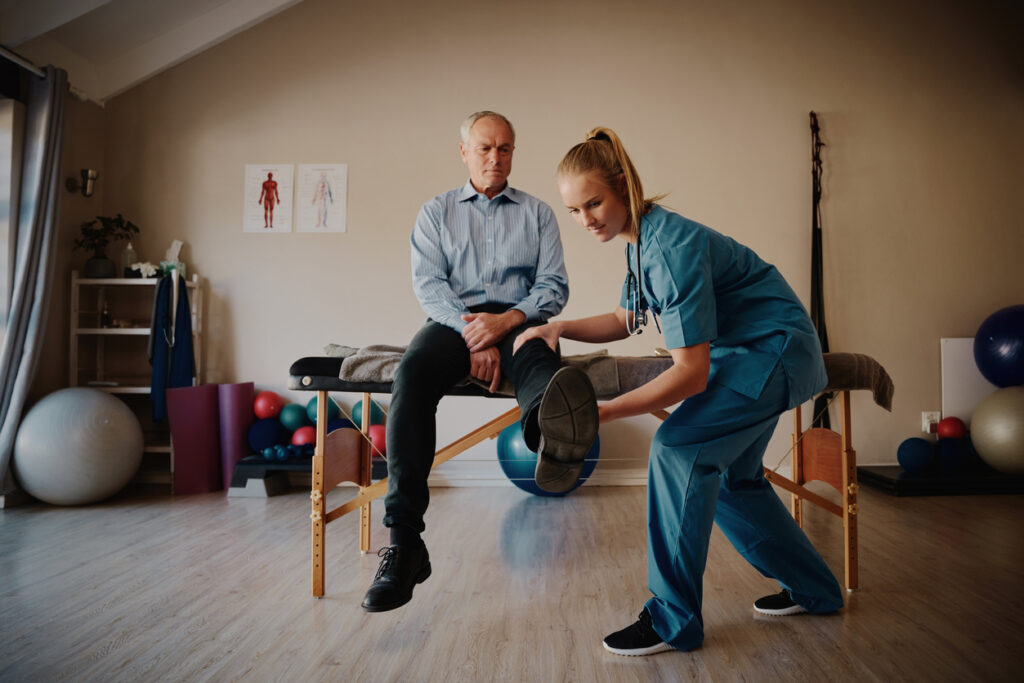Exploring the Effect of Manual Therapy Methods on Alleviating Musculoskeletal Discomfort and Enhancing Client Outcomes
Exploring the Effect of Manual Therapy Methods on Alleviating Musculoskeletal Discomfort and Enhancing Client Outcomes
Blog Article
Hands-on therapy techniques are manual approaches used by medical professionals to treat musculoskeletal pain. These methods include different forms of manipulation and movement of the body’s muscles and joints. The objective of manual therapy is to alleviate pain, enhance movement, and boost overall function. Numerous people experience muscle and joint pain due to trauma, poor alignment, or conditions like joint inflammation. By applying hands-on therapy, practitioners aim to tackle these issues and help patients recover their standard of life.
One frequent manual therapy method is vertebral adjustment. This technique involves using precise pressure to the spine to improve alignment and reduce pain. Research has shown that vertebral adjustment can be beneficial in managing lumbar spinal discomfort and cervical discomfort. Another method is gentle connective tissue manipulation, which concentrates on reducing tightness in the muscles and connective tissues. This can help reduce stiffness and improve flexibility, making it easier for patients to move without discomfort. Both techniques can be tailored to meet the specific needs of each patient, ensuring a personalized approach to care.
In furthermore to pain relief, manual therapy can improve client results in various aspects. For example, it can boost blood flow, which helps supply nutrients and nutrients to the injured areas of the body. Better blood flow can also encourage recovery and alleviate swelling. Furthermore, hands-on treatment can help clients gain enhanced body awareness, which is essential for preventing future injuries. By understanding how their physiques function, patients can make more knowledgeable decisions about their activities and posture, leading to long-term advantages.
The efficacy of hands-on therapy is often supported by patient feedback. Numerous patients indicate significant improvements in their pain intensity and overall performance after undergoing treatment. This positive response can lead to greater drive for clients to participate in physical exercise and rehabilitation exercises. When clients feel improved, they are much likely to engage in their rehabilitation journey, which can additionally enhance their outcomes. This collaborative approach between the provider and the client is essential for achieving lasting results.
In summary, hands-on treatment methods play a vital role in alleviating musculoskeletal discomfort and enhancing patient outcomes. By using methods such as spinal adjustment and gentle tissue manipulation, healthcare professionals can help clients recover mobility and reduce pain. The advantages of manual therapy go further than immediate pain alleviation, as it also encourages recovery and encourages patients to take an proactive role in their rehabilitation. As more people look for efficient treatments for musculoskeletal concerns, manual therapy navigate here remains to be an essential choice in the realm of healthcare.